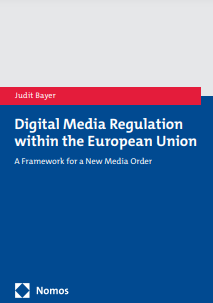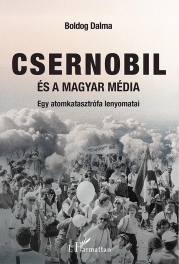Keyword – Cold War
Hermann, Veronika – Keszeg, Anna:
Hermann, Veronika – Keszeg, Anna:
Glorious Times
Questions raised by the analysis of individual and collective aspects of nostalgia in the social sciences have focused not only on the desire for our former self or on the contradiction between collective and individual remembrance, but also, more generally, on what patterns are behind the rethinking and narrating of the past. Media texts structured around nostalgia as a narrative organising element, saturated with textual and ritual functions, create a metaphor for temporality in which images and texts produce a nostalgic experience. The recording of the individual and social experiences of nostalgia often acts in a spatial manner, which is inconsistent with the traditional modus operandi of both mediums. The topography of nostalgia narrates the past not only in time but also in space, combining homeliness with walkability. In this paper we want to show how nostalgia redistributes time through a variety of media texts coming from mainstream popular culture where in our consumption practices a fictitious past continually collides with a contradictory historic one. The field of analysis of nostalgia practices are the 1960s and its nostalgic media representations. One case study is related to the representations of 1968 in contemporary fashion media products (mainly those of the Gucci fashion house) and the other is George Lucas’s American Graffiti (1973), a movie made in the 1970s, situated in the 1960s, and stylistically placed in the 1950s in a narrative that is nostalgic at its core.
Keywords: Cold War, cultural memory, cultural studies, fashion, France, mass culture, mediated memory, memory politics, moving pictures, societal nostalgia, United States of America
Médiakutató Spring 2020 pp. 107-114
Takács, Róbert:
Takács, Róbert:
“The Good Pupil tested.” Hungarian Foreign Policy in the International Debates on Press and Media Affairs after Helsinki (1975–1983) II.
The 1975 Helsinki Final Act, the anchorage of the post-1945 European status quo was considered the success of Soviet diplomacy. However, its Basket III, by declaring the free movement of people and ideas, and by admitting the respect of human rights as a basic principle of relations between states, gave a trump card for Western powers against communist countries. Issues of information – including the travel opportunities and working conditions of journalists, the availability of Western press in communist countries – also belonged to this circle. These topics, which were rather unfavourable for the members of the Soviet bloc, turned into an important battlefield of the Cold War ideological struggle in international politics after 1975. Hungarian foreign policy succeeded in running an offensive foreign policy campaign between 1975 and 1983 regarding Helsinki issues and managed to build coalitions over military blocs in cultural issues such as the promotion of the culture of small languages and the exchange of radio and television broadcasts.
Keywords: availability of Western press, Belgrade conference, Cold War, cultural exchange, Helsinki Final Act, Hungarian foreign policy, information, Madrid conference, media relations, third basket
Médiakutató Summer 2021 pp. 119-130



